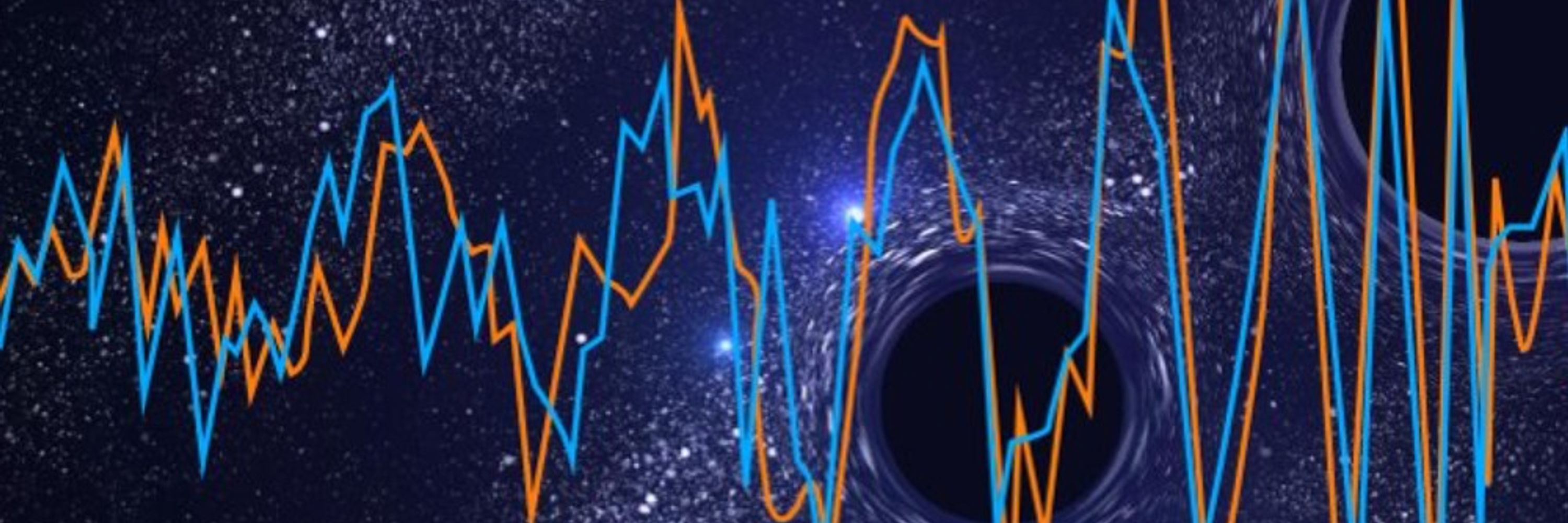Christopher Berry
@cplberry.bsky.social
3.9K followers
560 following
4.2K posts
Gravitational-wave astrophysicist. University of Glasgow Senior Lecturer. Science, education, LEGO & cake. May contain traces of nuts
🐘 https://mastodon.online/@cplberry
🐦 https://twitter.com/cplberry
📚 https://cplberry.com
Posts
Media
Videos
Starter Packs
Reposted by Christopher Berry
Reposted by Christopher Berry
Reposted by Christopher Berry
Reposted by Christopher Berry
Reposted by Christopher Berry
Reposted by Christopher Berry
Reposted by Christopher Berry
Reposted by Christopher Berry
Reposted by Christopher Berry
Reposted by Christopher Berry
Reposted by Christopher Berry
Reposted by Christopher Berry
Reposted by Christopher Berry
David Ho
@davidho.bsky.social
· Jul 29



















![arXiv screenshot for a preprint entitled:
"Can you fall into a McVittie black hole? Will you survive?"
by Brien C. Nolan
arXiv:2509.18903 [gr-qc]](https://cdn.bsky.app/img/feed_thumbnail/plain/did:plc:qgkte62puf4w7v6hwevwhshd/bafkreicn6i5nibb63rqdgutrxrhu3eadnwccr23qrjhil55f7jdguxyufa@jpeg)


